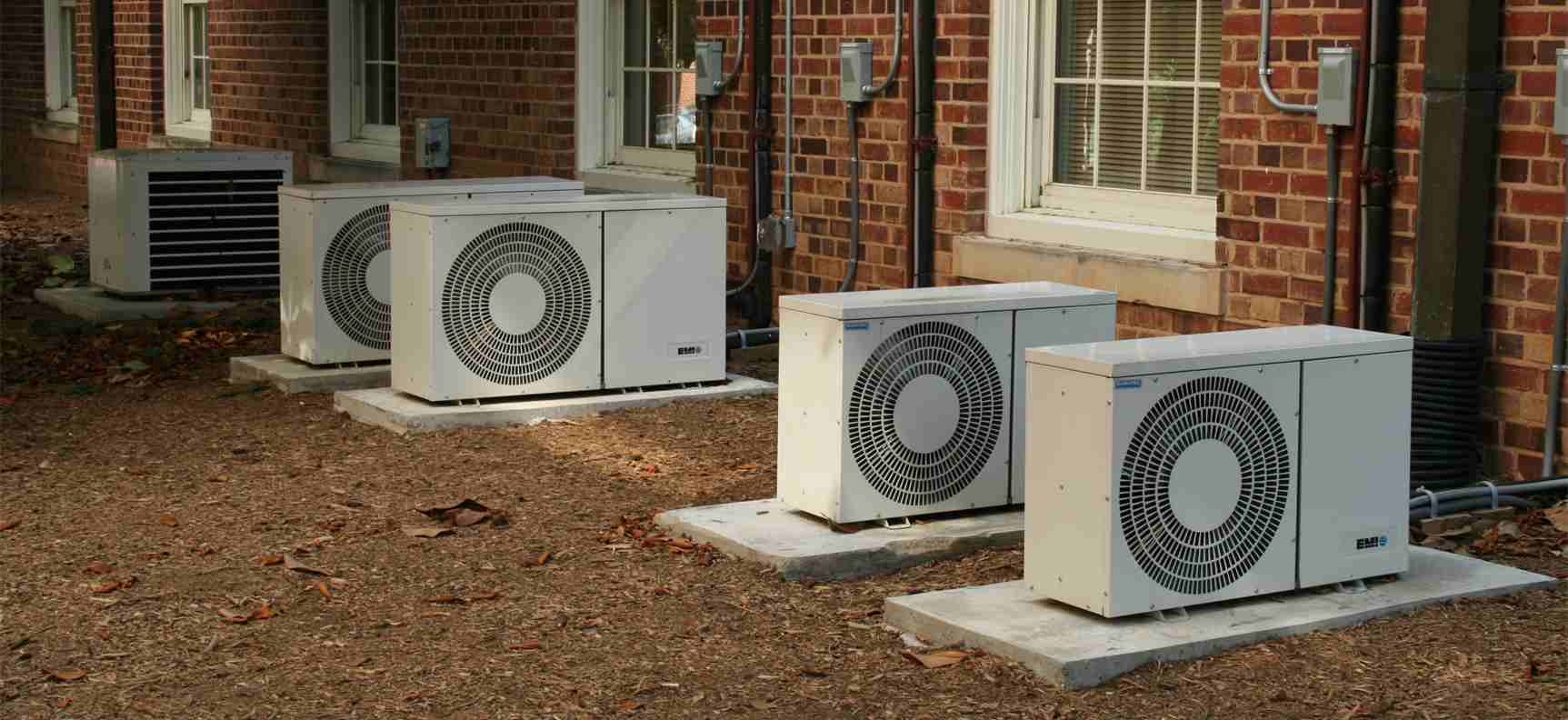Heating | Ventilation | Air Conditioning
Many homeowners know little to nothing about their HVAC system. Perhaps, some don’t know basic maintenance requirements or how to tell if their system is working properly, perhaps some don’t know exactly what HVAC system they have or what they should have.
When owning a home or office space, heating and cooling is typically near the top of a person’s concerns, especially if they live in a particularly temperamental climate, but the quality of air and efficiency of their system is often over-looked. So which HVAC system should you be using? Which system will be the most energy-efficient and provide the best quality? How can you make an informed decision while wading through technical jargon?
Without further ado, here is a beginner’s knowledge of HVAC.

>> Basically, an HVAC system regulates the temperature of your home and purifies your air. This helps relieve allergies and breathing problems such as asthma <<
An HVAC system is not a one-size–fits-all.
There are different systems and different sizes to fit your needs.
Heating and air conditioning split systems are the most common for homes. These systems have an outdoor and indoor unit connected by refrigerant tubing. These conventional systems use a gas or oil furnace for heating and evaporator or cooling coils for cooling. A fan and duct work is used to circulate heated or cooled air throughout the home. Thermostats are used to control and adjust the split system.
Split systems are high-quality and very reliable. The name “split” is used because the system is composed of matching indoor and outdoor sections, which are connected by refrigerant tubing. The indoor section has a fan, indoor cooling coil, heating section, and air filter. The outdoor section is where you’ll find the compressor and condenser.
Hybrid Heat Split Systems are similar to other split systems, but are more energy-efficient due to the use of a heat pump. The heat pump can either heat or cool the refrigerant, which allows the use of electric-powered heating and cooling. Like the conventional split systems, hybrid systems utilize both an indoor and outdoor unit, which are connected by refrigerant tubing.
Duct-free split heating and air conditioning systems are similar to the conventional and hybrid systems in the use of a heat pump and evaporator coils, but the duct-less system is just that—duct-less. Instead of the usual ducts the conventional and hybrid systems use to circulate air throughout a home or business, the duct-less system fan and evaporator is mounted in one or multiple locations for cooling or heating.
Packaged heating and air conditioning systems are single units as opposed to split systems’ dual units. Packaged systems utilize a heat pump to heat or cool the air. These systems are usually found on top of the roof with ductwork running inside. Consequently, this system is much more compact and suitable for small spaces. –
No matter which HVAC system your home or office has, it is important to clean and maintain it, just as you would a vehicle or pool. The addition of an air filtration system greatly increases the quality of your air and the efficiency of your HVAC system by removing mildew, allergens, and dust particles.








